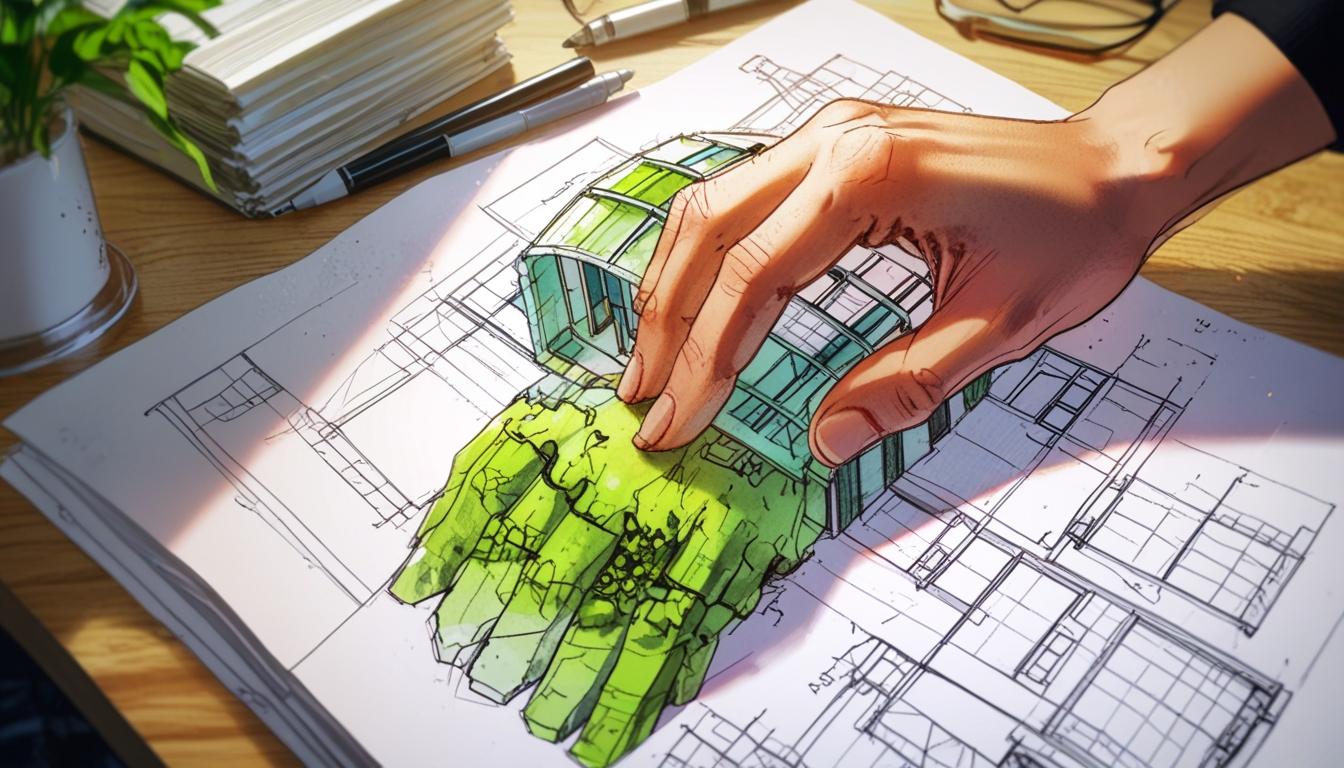Artificial intelligence (AI) is increasingly playing a pivotal role in sustainable design, transforming how architects, engineers, urban planners, and designers address environmental challenges while accommodating population growth. According to a report in Packaging Gateway, AI technologies are enhancing sustainable practices by providing precision, efficiency, and innovation from the earliest stages of design through to construction and operational performance.
Sustainable design focuses on minimising environmental impact by emphasising energy efficiency, the use of low-impact materials, and resource-conscious planning. AI advances this goal through intelligent modelling and predictive simulation, enabling designers to analyse thousands of design variations rapidly. This capability allows for evaluating environmental impact, material consumption, construction costs, and energy performance before physical work begins, thus enabling informed decision-making that is both cost-effective and impactful.
One method driven by AI is parametric design, which incorporates environmental data such as sun exposure, wind patterns, and thermal mass to optimise building orientation, shape, and materials. This reduces energy consumption over the lifespan of buildings and cuts waste during construction. AI also contributes significantly to urban planning by analysing variables like traffic flow, population trends, and environmental conditions, facilitating the development of more liveable, energy-efficient cities featuring well-planned public transport, green spaces, and infrastructure.
Material innovation benefits from AI through lifecycle analysis and supply chain integration. AI models predict how materials perform over decades, how they can be recycled, and their emissions footprint during production. Such analysis supports the identification of low-carbon, locally sourced, or circular materials aligned with sustainability objectives. Startups and research institutions are leveraging AI to develop new classes of sustainable materials, including carbon-negative concrete and bio-based plastics. The rapid processing of molecular, manufacturing, and environmental databases accelerates the discovery of durable, eco-friendly construction alternatives.
Additionally, AI enables real-time monitoring of buildings, providing insights that optimise energy and water use. These data-driven adjustments can improve systems such as heating, ventilation, air conditioning, and lighting, ensuring high sustainability standards throughout a building’s operational life.
The democratisation of sustainable design is another significant impact of AI. While sustainable features have traditionally been costly and limited to well-funded projects, AI-powered cloud-based design tools are making such practices accessible to smaller firms and projects. By automating routine calculations and suggesting sustainability improvements during the design process, these platforms allow designers to maintain environmental accountability without needing specialised expertise. For example, AI systems might recommend energy-saving features based on building orientation or highlight better material choices through carbon footprint data.
Mainstream design software increasingly integrates AI-driven sustainability features; for instance, programs like Autodesk’s Generative Design and Cove.tool guide users towards environmentally responsible decisions, whether designing new buildings or retrofitting existing ones. This broad availability ensures that sustainable design principles become standard across the industry rather than exceptional additions.
While the integration of AI into sustainable design offers many advantages, ethical challenges remain, including the potential for algorithmic bias and the environmental costs associated with data centres. Transparency in AI decision-making, particularly for large-scale urban projects, is essential to maintain public trust and ensure equitable outcomes.
Overall, AI’s ability to process vast datasets, simulate complex systems, and propose optimised solutions is reshaping the architecture and design fields. These tools are fostering a culture where long-term environmental resilience is a fundamental consideration alongside aesthetic and functional goals. With AI embedded in design processes, sustainability is increasingly becoming an operational reality enhanced by machine insight alongside human creativity.
Source: Noah Wire Services
